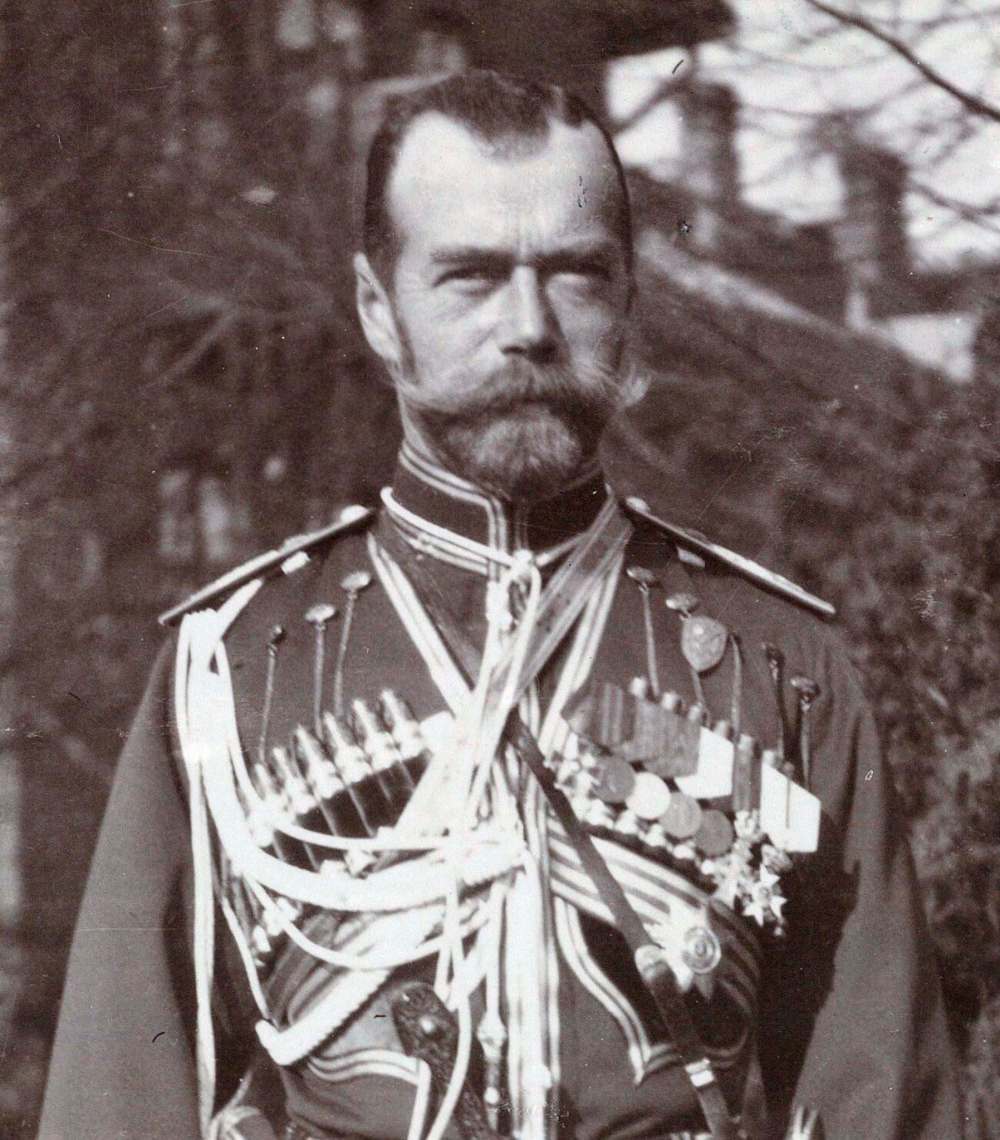Nicholas II’s post-abdication plight detailed in new biography
Falling tsar
Advertisement
Read this article for free:
or
Already have an account? Log in here »
To continue reading, please subscribe:
Monthly Digital Subscription
$1 per week for 24 weeks*
- Enjoy unlimited reading on winnipegfreepress.com
- Read the E-Edition, our digital replica newspaper
- Access News Break, our award-winning app
- Play interactive puzzles
*Billed as $4.00 plus GST every four weeks. After 24 weeks, price increases to the regular rate of $19.00 plus GST every four weeks. Offer available to new and qualified returning subscribers only. Cancel any time.
Monthly Digital Subscription
$4.75/week*
- Enjoy unlimited reading on winnipegfreepress.com
- Read the E-Edition, our digital replica newspaper
- Access News Break, our award-winning app
- Play interactive puzzles
*Billed as $19 plus GST every four weeks. Cancel any time.
To continue reading, please subscribe:
Add Free Press access to your Brandon Sun subscription for only an additional
$1 for the first 4 weeks*
*Your next subscription payment will increase by $1.00 and you will be charged $16.99 plus GST for four weeks. After four weeks, your payment will increase to $23.99 plus GST every four weeks.
Read unlimited articles for free today:
or
Already have an account? Log in here »
Hey there, time traveller!
This article was published 13/05/2017 (3078 days ago), so information in it may no longer be current.
When Nicholas II, Emperor of all the Russias, abdicated in March 1917, he had no intention of becoming Russia’s last tsar. However, with the failure of his plans to transfer power to either his brother or his young son, such was his fate. For the next 16 months, together with his family and servants, he became a prisoner of the revolutionary governments that replaced him until he was killed in July 1918.
It is this final chapter in Nicholas’s life — from his abdication to his execution — that forms the subject of Oxford University historian Robert Service’s deeply researched, richly detailed and absorbing study, The Last of the Tsars.
In addition to exploring Nicholas’s experiences at the hands of his captors, Service places him in the political context of a Russia whose system of government had collapsed, where the economy was barely functioning, where different groups struggled for political power and where the safety of Nicholas and his family was often at risk.

Nicholas’s abdication created major problems for the provisional government that took his place. It had to take control of Russia’s faltering war effort, design a new constitution, cope with growing social unrest, respond to its political opponents on both the right and the left and decide what to do with Nicholas himself.
Initially, the provisional government sequestered Nicholas, his wife Alexandra and their five children and their servants in the relative comfort of the royal estate at Tsarkoe Seloe near St. Petersburg. There was even talk of sending them into exile in England until the British government ruled against it.
Instead, in August 1917 they were sent to the remote Siberian town of Tobolsk, which the Russian government judged to be safely distant from the political turmoil beginning to engulf Russia. A few months later, they were moved again, this time to Ekaterinburg, a provincial city where revolutionary Bolsheviks were the dominant political force.
Many of the revolutionaries who controlled Ekaterinburg saw Nicholas’s death as the solution to the problem of what to do with him, especially when anti-Bolshevik forces closed in on the city, leading to rumours of attempts being planned to free him and his entourage.
For its part, the Bolshevik government in Moscow entertained the idea of a public show trial but they faced one basic problem: given the chaos in Russia, could Nicholas be safely transported to Moscow? The problem was solved by the Ekaterinburg Bolsheviks’ execution of Nicholas and his family, together with their doctor and three servants.
Service concludes that while there is no surviving evidence that Lenin and his Moscow colleagues gave a direct order to kill Nicholas, they knew what the local Ekaterinburg revolutionaries intended and indicated their approval, all the while ensuring that there was no paper trail to link them to the deed.
As with many historians, Service sees Nicholas as a devoted family man and dutiful old-style Russian patriot (and “virulent anti-Semite”) who was unable to cope with the economic and social forces that were re-shaping Russia and with the challenges arising from Russia’s involvement in the First World War.
In Service’s estimation, this “modest, inadequate ex-ruler suffered personal tragedy in a country he had played no small part in bringing to catastrophe.” In making this case, he has given us a powerful description of the final months of Nicholas and his family and of the revolutions that engulfed Russia a century ago.
Ken Osborne is Professor Emeritus in the faculty of education, University of Manitoba.


